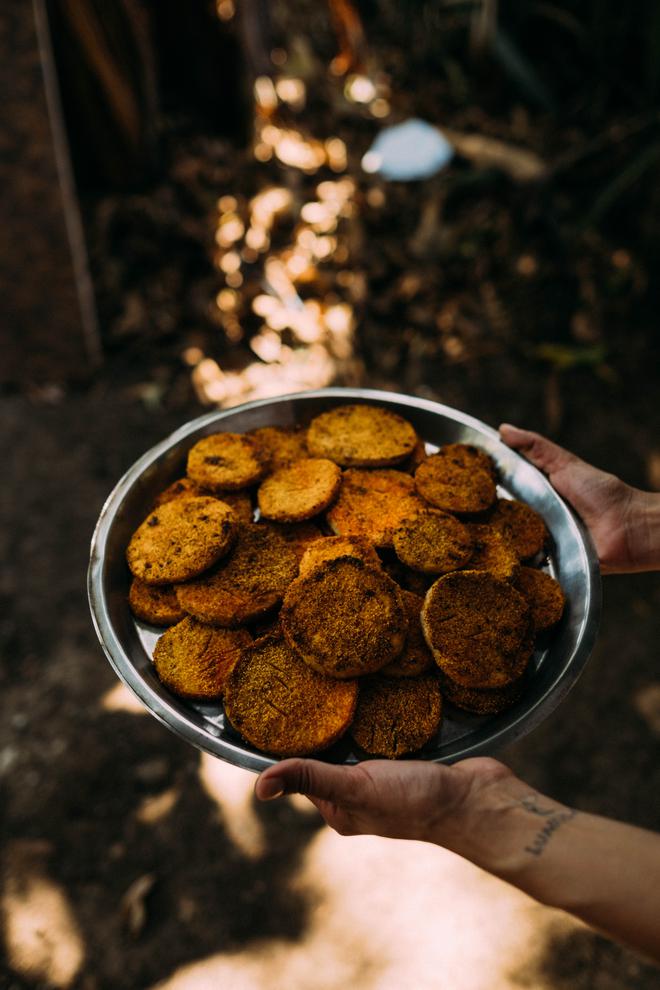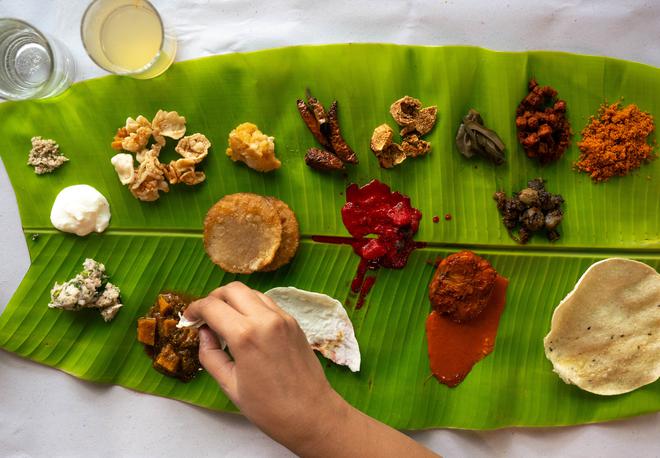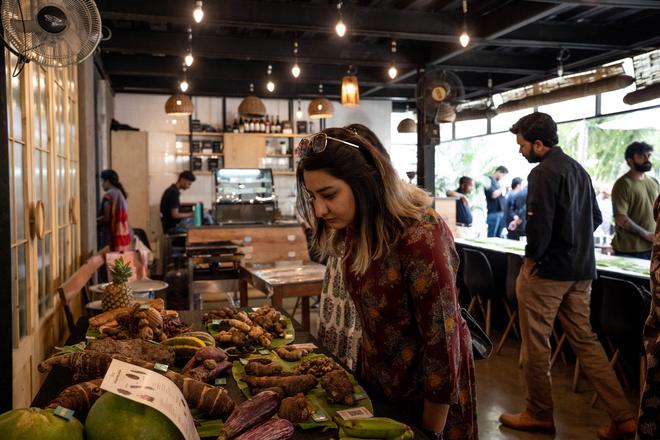One has the texture of fish and potato; another that looks like little sticks; and there is a variety that weighs over 50 kilograms: India boasts a fascinating array of tubers.
You may cook with just a handful, most likely potato, yam, taro, and sweet potato. But in Joida, a town in Karnataka, there are around 50 varieties of tubers. “If we were to do a study of tubers across India, I’m sure there will be more than a hundred,” says Sumeet Kaur of Bengaluru-based Spudnik Farms, which supported by ICAR-Central Tuber Crop Research Institute, Rohini Nilekani Philanthropies and Rainmatter Foundation, is preparing for Rooting for Tubers, a day-long celebration of the crop.

“We feel tubers are crops of the future,” says Sumeet. “They consume minimal resources and are adapted to diverse climatic conditions; they can withstand extremes of climate as well.” Listing yams that thrive in drought conditions and plants from the colocasia family that remain unaffected by heavy rains, she says that tubers may be a good resource to feed a world battling climate change.
Busting myths
The event will see representatives from indigenous tuber-growing communities from Tripura, Meghalaya, Karnataka, Odisha, and Kerala sharing their experiences. It will be a platform for people to meet and interact with scientists, academicians, educational institutions and chefs with a wealth of knowledge on the crop.
“There isn’t enough attention to tubers,” says Sumeet adding that they are often shrouded in misconceptions, including the idea that they are odd-looking and cumbersome to cook. “It is true that they are rich in carbohydrates, but they are also rich in starches that are not simple, plain sugars. They have other nutrients as well, apart from fibre. Certain types of taros are known to have protein.”
Sumeet says that the event is inspired by the yearly tubers mela by Joida’s Kunbi community, that has been happening at Joida for the past 10 years. “When I experienced the sheer variety of tubers there, I felt that this was something that has to be shared with urban consumers,” she says adding that at a time when many of us are obsessed with food trends of the West, we know very little of our own culinary heritage.

The Konkan connect
The Kunbis are the original inhabitants of Konkan, explains Sumeet. “They are spread across Goa and Maharashtra, apart from Karnataka,” she points out, adding that they moved to these regions when the Portuguese captured Goa in the 16th Century. “When they fled to the forest during the time, they took with them their millets and tubers,” she says.
Sumeet says that tubers are culturally important to the Kunbis because they feel the crop saved them during a crisis. The community grows several varieties of the crop in their backyard and has preserved the genomes of certain tubers, such as the Kunbi mudali, for which they were lauded by the Government of India. “We are trying to get a GI tag for this variety of taro,” she explains, adding that Spudnik Farms encourages the people of Joida to grow more varieties by offering prizes to the most diverse range of tubers grown, the biggest one, among others.
Films and feasting
The festival will also have stalls displaying tubers and related products. There will be panel discussions and film screenings on the cultivation practices, role of the crops in food security and climate resilience.

A highlight of the festival is the Yele Oota, a feast for 200 people featuring tubers in recipes followed by the communities that grow them. The star of the show, according to Sumeet, is the mudali, which will feature in several dishes. One such is a saaru (rasam); and another is similar to the baingan bharta, in which the tuber is smoked, mashed and is mixed with onions and chillies. Then there is sohphlang, a tuber from Meghalaya, that tastes like water chestnuts, served with perilla chutney; and arrowroot laddoos from Odisha. Sums up Sumeet, “It will be like India on your plate.”
Rooting for Tubers is on at Bangalore International Centre, on February 4. For details, visit them on Instagram @spudnikfarms.







